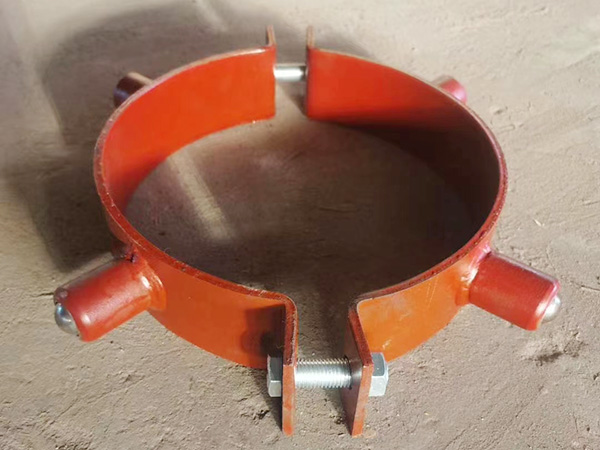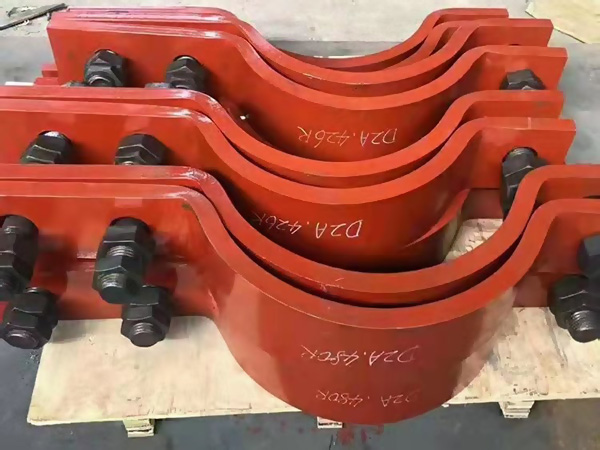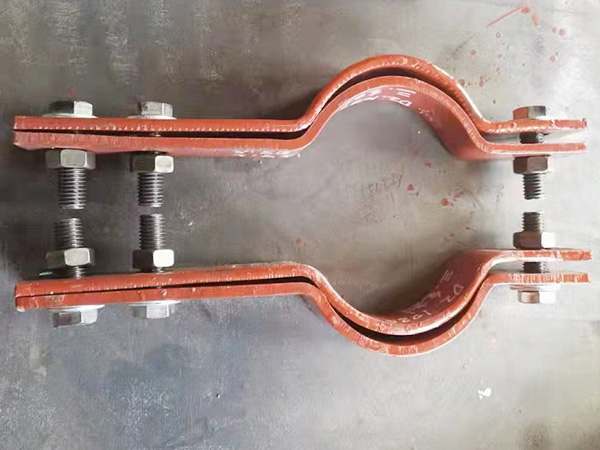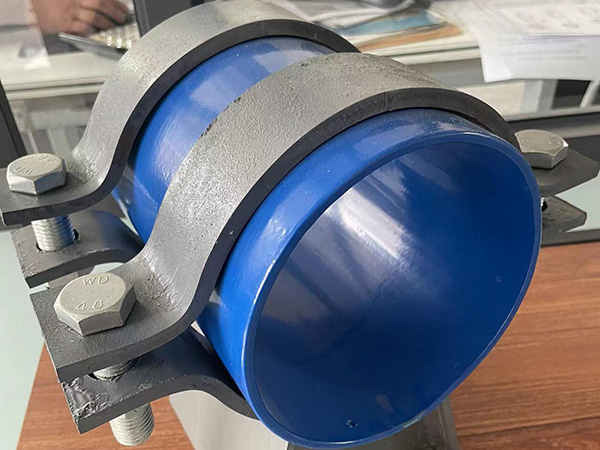Technological Solutions to Prevent Brittle Fracture of Pipe Reducers in Low-Temperature Environments
Author:Mingde Time:2025-04-29 00:48:41 Click:70
In low-temperature environments, materials used in pipeline systems—especially pipe reducers (both concentric and eccentric)—are exposed to increased risks of brittle fracture. As temperature drops, the ductility of many metals significantly decreases, making components more prone to cracking under stress or impact. In critical industries such as LNG, cryogenics, offshore drilling, or northern pipeline infrastructure, preventing brittle failure in reducers is essential for operational safety and reliability.
Below are key technologies and strategies to address embrittlement in pipe reducers under low-temperature conditions.
1. Material Selection Optimized for Low Temperatures
The most fundamental solution is choosing materials with high low-temperature toughness. This includes:
Low-temperature carbon steels (e.g., ASTM A333 Grade 6)
Austenitic stainless steels (e.g., 304L, 316L), which maintain ductility at cryogenic temperatures
Nickel-based alloys, which offer excellent impact resistance in extreme cold
These materials exhibit high Charpy impact values at sub-zero temperatures, reducing the risk of brittle failure.
2. Heat Treatment and Normalizing
Proper post-forming heat treatment (such as normalizing or tempering) can refine the grain structure of the reducer material, significantly improving its low-temperature fracture toughness.
Normalizing eliminates residual stress from forming and welding.
Controlled cooling prevents the formation of brittle microstructures like martensite or bainite.
This process is especially important for thick-walled reducers or those made from high-strength steels.
3. Surface and Structural Design Considerations
Engineering the reducer to withstand thermal contraction and expansion can also mitigate embrittlement risks:
Avoiding sharp transitions or corners in design reduces stress concentrations.
Using concentric instead of eccentric reducers where possible, as symmetrical designs are less vulnerable to uneven stress under thermal cycling.
Incorporating expansion joints near the reducer to absorb thermal movement and prevent cracking at connection points.
4. Preheating and Controlled Welding Techniques
Welding in low temperatures requires special care:
Preheating the reducer and adjoining pipes before welding prevents rapid cooling, which can lead to hard and brittle heat-affected zones (HAZ).
Low-hydrogen welding electrodes or filler metals reduce the risk of hydrogen-induced cracking.
Post-weld heat treatment (PWHT) helps relieve stress and increase toughness in the weld area.
Strict adherence to welding procedure specifications (WPS) is crucial in cold-climate applications.
5. Quality Inspection and Testing
To ensure safe use in low-temperature applications, reducers should undergo rigorous inspection:
Charpy V-notch impact testing at target service temperatures
Ultrasonic or radiographic testing of welds and formed areas to detect internal flaws
Hardness testing to identify embrittled zones caused by improper heat treatment
Documented inspection and certification are typically required for reducers in cryogenic or Arctic service conditions.
Conclusion
Brittle fracture of pipe reducers in low-temperature environments is a serious concern that can be effectively mitigated through a combination of appropriate material selection, heat treatment, sound design practices, controlled welding procedures, and rigorous testing. By implementing these technical solutions, manufacturers and engineers can ensure the long-term integrity and performance of reducers operating in challenging cold climates.
 Hot Products
Hot Products
 Contact Us
Contact Us
Contact:
Mobile:+86 +86 19133378808
Website:mingdepipe.com
Address:










